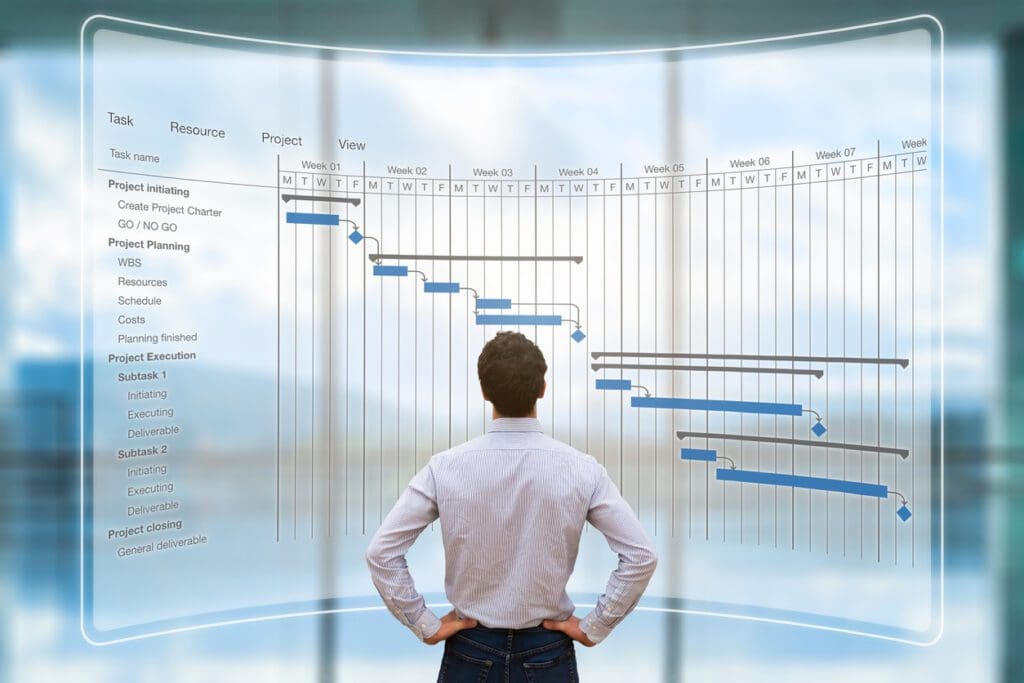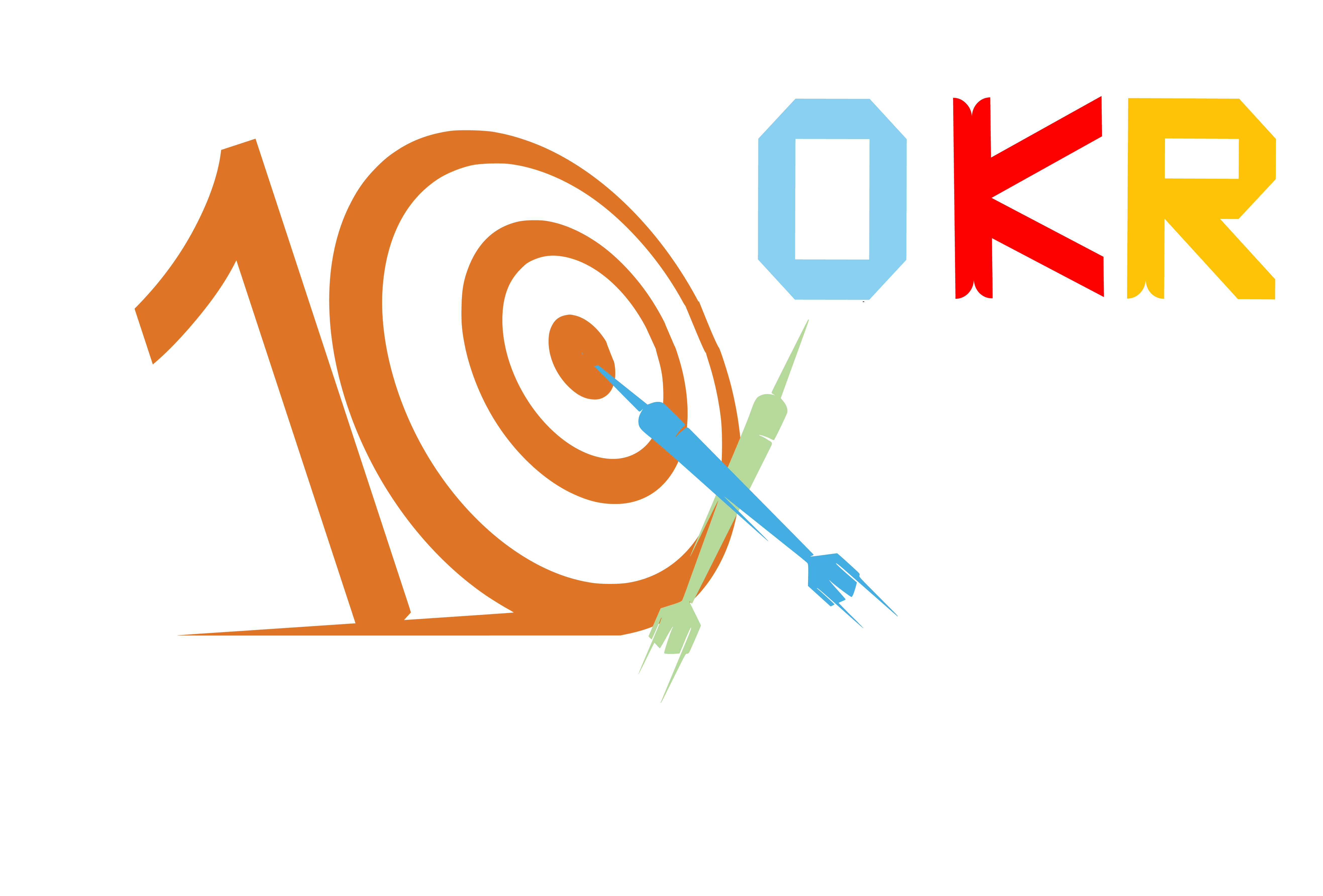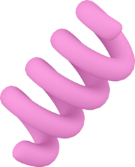Ultimate Guide to the Gantt Chart – All you need to Know
As a project manager, this Gantt chart is everything you can’t ignore about your project planning.
The inception
Karol Ademiecki, a Polish engineer, incepted the harmonogram in 1896, also when the first Gantt chart was developed. Ademiecki published his findings in Russian and Polish, making it hard for English-speaking countries to access them.
Henry Gantt independently promoted an equivalent diagram in the United States in 1910. He designed it to demonstrate industrial workers’ time on a particular task. Subsequently, both these approaches have been integrated to create the Gantt chart known to all.
A prime instance of a bar chart illustrating a project timetable is a Gantt chart. Providing the initial and final dates of the job is frequently used for tracking the development of a project.
Project managers can use the Gantt chart to plan, organise and communicate about the progress of their project. An illustration of a bar chart depicting a project timetable is a Gantt chart.
A method of operating
The horizontal axis represents the project’s timetable. The vertical axes show the tasks that must be finished. A bar is utilised to describe each job, and the size of the bar relates to the task’s time.
Gantt’s chart can be used to track the progress of a project by highlighting the initial and final dates of each job. The tasks that are far behind in time or at risk of being pushed back can be found utilising this information. Gantt charts can be used to update stakeholders about the progression of a project.
What exactly is the Gantt chart???
A grant chart is a chronological bar chart, an easy-to-understand timeline that converts the intricacies of your project into distinct visual representations. Gantt charts are directly associated with the waterfall project management technique. In other words, the phases are never repeated in a project, and everyone must have finished before the start of the subsequent task.
Unlike Agile, which involves evolving the requirements and needs into the project after every phase and constant feedback, this approach remains linear. Important information like objectives, tasks, dependencies, time taken per project, resources, and milestones must be included for the Gantt chart to be effective.
Thanks to the user-friendly project management software, Gantt charts were always complex. The top five most frequently used and requested features in project management software are Gantt charts. 9.9% of every dollar goes unaccounted for due to sub-standard project performance. This adds to a total of 99$ for every 1000$ dollars. Gantt charts prove helpful throughout projects because they simplify project management chores, help you to maintain the goal and boost the probability of your success.
While moving from desktop programmes to web-based applications to cloud-based tools, Gantt chart software has also evolved from its purpose of being only a scheduling tool to an integrated project portfolio management. Too as well as went from becoming a tool exclusively for project managers to a single application which promotes teamwork. Interestingly, the project management community has always been the vanguard in testing and applying new techniques and strategies that improve productivity and effectiveness.
Basic Factors of Gantt Chart Software
The overwhelming majority of solutions for project management that support Gantt charts have more or less identical features. However, users must possess accessibility to a basic set of features to develop the Gantt chart, task schedules, milestones and dependabilities. This blog will explore the core features that the Gantt chart software should provide.
- Task list
- Information regarding the task (details, start date, due date and length)
- Add tasks and requirements
- Group tasks and summary tasks.
- Task significance
- Task development
As one observes, the Gantt chart displays task listings on the left side and horizontal bars for each task on the right. The duration defines the length of time of the job, and the priority defines the colour. Many Grantt chart software additionally employs the bars to illustrate progress.
Here are the top 7 ways you can use the Gantt chart most.
While Gantt charts might not be the most appealing tool in the project manager’s toolbox, they are essential to any successful project management plan.
Gantt charts will remain a vital tool for all savvy project managers as they offer focussed timetables and deadlines and provide insights into projects with greater complexity that can be obtained via to-do lists alone.
Now, the 7 ways are,
Improved time management
Gantt charts allow you to comprehend exactly what needs to be done, thus helping you manage your time better. This enables you to prevent wasting time on tasks that are not required and to focus your efforts more efficiently on the more significant tasks.
Greater efficiency
Given the capacity to organise and plan your work more efficiently, Gantt charts help you become more efficient. You can work faster and finish more tasks in shorter periods if you stay apprised of what and when exactly something needs to be done.
Better communication
Owing to their clear and concise exchange of information, Gantt charts can facilitate team member communication. Everyone will agree and know exactly what needs to be done and when.
Decreased stress levels
Since they help you better handle your time and obligations, Gantt charts also make you feel less stressed. You’ll be less likely to feel overwhelmed by the assignment, provided you know when or what needs to be done.
Transparency
Furthermore, Gantt carts keep project schedules simpler. This clarity will help team members better comprehend the roles and responsibilities and help project managers arrive at more effective resource allocation.
Strengthened teamwork
As they provide a simple method for everyone to share information and communicate with one another, Gantt charts help to enhance camaraderie. Team members can work together effectively using a Gantt chart to accomplish collective goals concluding the project on time and within budget.
Greater adaptability
No other tool provided the adaptability offered in adapting projects of all sizes, small to massive. In your PM toolbox, it operates like a Swiss army knife. Talk about practicality!
6 Simple Steps to Construct a Gantt Chart
Ascertain the scope of your project.
Ascertaining or identifying the project’s content is the first step towards creating a Gantt chart. This involves selecting the task which will be an element of the project as a whole and devoting resources and time to each project. For instance, the availability of materials or labour might impact the project’s rhythm or overall success. These are important outside factors.
Find out what the project’s tasks and activities are
Once the project requirements have been set up, it is essential to put down every job and action needed to finish the project. To make it easier for each job, into the Gantt chart. They should be categorised chronologically from start to end.
Organise tasks and activities.
The tasks must be organised based on when they need to be completed after being determined as essential for project completion. This involves putting them as s series of events with an identifiable start and end date.
Consider any job interdependence considering some might occur before or after other tasks have been completed for them to operate successfully.
Watch out for the important part.
Once you have correctly arranged every activity, figuring out which ones are important is crucial. These tasks can only be postponed without compromising the project’s overall timeline, which must be complemented on time for other dependent tasks to remain on schedule.
By recognising these activities in advance, you may alter resources to ensure everything runs smoothly through the execution phase.
Timings are affected by resource limitations.
Around the time of setting up your Gantt chart, it is important to consider resource limitations that are likely to affect the timeframe of particular undertakings or even entire projects. This includes factors such as labour availability or financial restrictions which could result in even more delays or adjustments during the manufacturing cycle.
Therefore consider these elements upfront to resolve any possible issues before they spiral out of control.
Create a picture.
Making sure your Gantt chart is visually appealing by incorporating colouring and labels wherever relevant is the last stage of designing one.
In doing this, the audience may rapidly identify important details without having o go through the entire document, which can be advantageous, especially when working under pressure. The information provided within the chart stays clear and simple to understand for anyone.


The Gantt chart: How to use it!
For project managers and teams attempting to remain productive and organised, Gantt charts are an essential tool.
Furthermore, this blog will explore using a Gantt chart effectively to save time and effort!
Projects adopting agile methodologies, such as Kanban, may need to be able to benefit more from Gantt charts.
- Planning and scheduling
- Resource allocation
- Dependency management
- Tracking deadline and communication
These are the ways a Gantt chart can be used effectively.
Gantt Chart Software
As a project manager, you will always have a lot on your plate, from overseeing various tasks to ensuring all deadlines are met. Implementing Gantt software is one approach to streamlining your life, but the prospect of putting together a flawless schedule gets your head spinning. Dont, worry!
With plenty of project management software programmes readily accessible, creating updated Gantt charts for projects of any size was never simpler or more entertaining.
Conclusion
To sum up, Gantt charts are an excellent PM too. They render it feasible to divide resources, manage relationships and maintain a track of deadlines enabling them to make certain that projects stay on time, stakeholders are granted access to all the information they require, and project teams can collaborate productively when performing difficult tasks.


